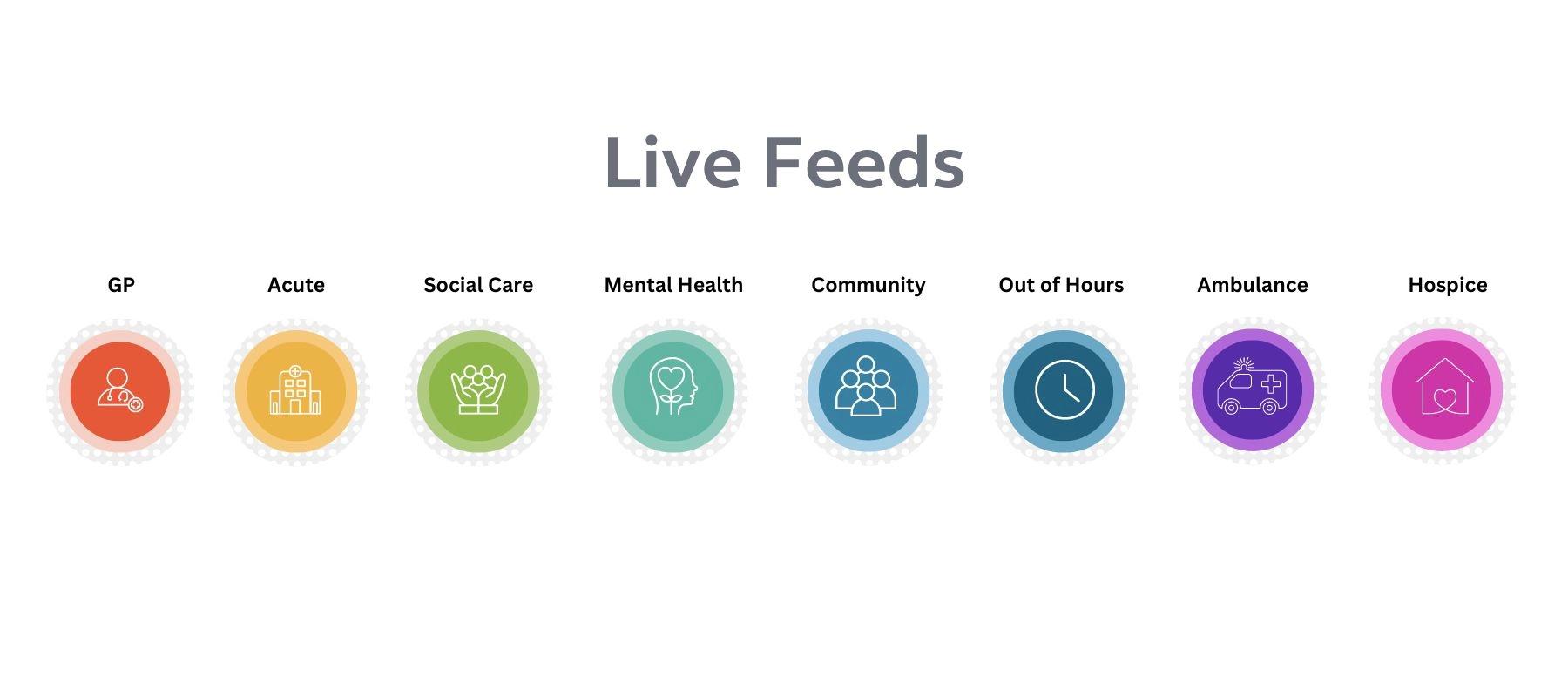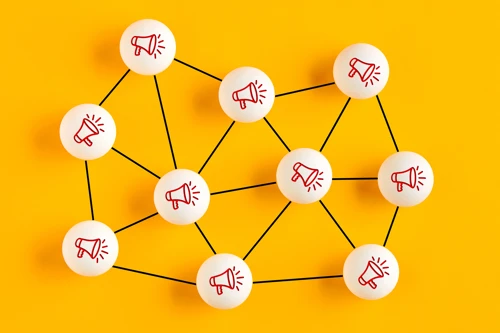Data Feeds & Interfaces
The power of a well-curated linked patient data feed, supported by shared care records and population health analytics, provides Integrated Care Systems (ICSs) the opportunity to improve patient care and wellbeing. This is why data feeds and interfaces are crucial to our mission.
The Graphnet Shared Care platform creates a comprehensive linked patient record by integrating data from sources including National Spine demographics, primary care records and hospital episodes. Population health users can also link in wider determinants data, PHE fingertips, secondary users service data sets and waiting list data sets, as required.
Contact us today to learn more
Where Does Graphnet Draw Data From?
- GP data: All coded patient information from the GP system is made available to support comprehensive patient treatment.
- Acute care: Full HL7 real-time data feeds provide insight into patient interactions with acute services, keeping care providers informed on current and upcoming treatments for patients under their care.
- Social, community and hospice care: Access to data from all care sectors, including both children and adult services, ensures care providers have a holistic and comprehensive overview of the patient.
- Mental health: Information on Mental Health Act and Care Programme Approach status, as well as risk assessments and care plans, enable the care community to deliver a tailored and efficient service.
- Out of hours: Unscheduled care episodes are a regular part of healthcare services. Care providers can access detailed records of these episodes.
- Ambulance services: Emergency teams have real-time access to patient data allowing them to make informed decisions during care, track escalations in the patient’s condition and review how often emergency services have been called.

Comprehensive Data Feeds, Covering All Areas of Care
Alongside the top-level data listed above, Graphnet’s Shared Care platform also draws data from other care settings.
These include:
- Laboratory: Test results collected from any location outside GP systems can be displayed centrally.
- Radiology: Ensures radiology staff are continuously updated on the progress and outcomes of examinations.
- Medication: Feeds provide detailed records of medication administered during inpatient care episodes.
- Cancer: A specialised data feed offers comprehensive insights into ongoing cancer treatments.
- Child Health: Supplies information about interactions with children in the care community.
- Referral: Accessible across all care settings.
- Allergy: Allergies of any type can be fed into the system and displayed when a patient’s data is accessed.
- Alerts: Alerts are defined by the sending organisation and are flagged to users when accessing a patient’s record.
- CGL- Alcohol & Substance Misuse: A specialised view supports patient treatment for alcohol and substance misuse within the CGL framework.
- Maternity: Real-time data provides comprehensive information on both mother and baby.
Contact us today for more information on data feeds
GP Connect and Graphnet
GP Connect Transparency Notice supports Graphnet users by enabling authorised clinicians to securely access GP records via GP Connect’s Access Record: HTML Feature. This is especially useful during consultations outside of the patient’s usual GP practice where the patient does not have a record on the local CareCentric Shared Care Record.
For this to work, the patient must be registered with one of the existing source systems that feed the Shared Care Record in your integrated care board or region, which is common in most new encounters.
Here is an example:

“From a privacy, confidentiality and data protection perspective, GP Connect provides a method of secure information transfer and reduces the need to use less secure or less efficient methods of transferring information, such as email or telephone.” NHSE
To get started with our GP Connect offering, contact our team today.










